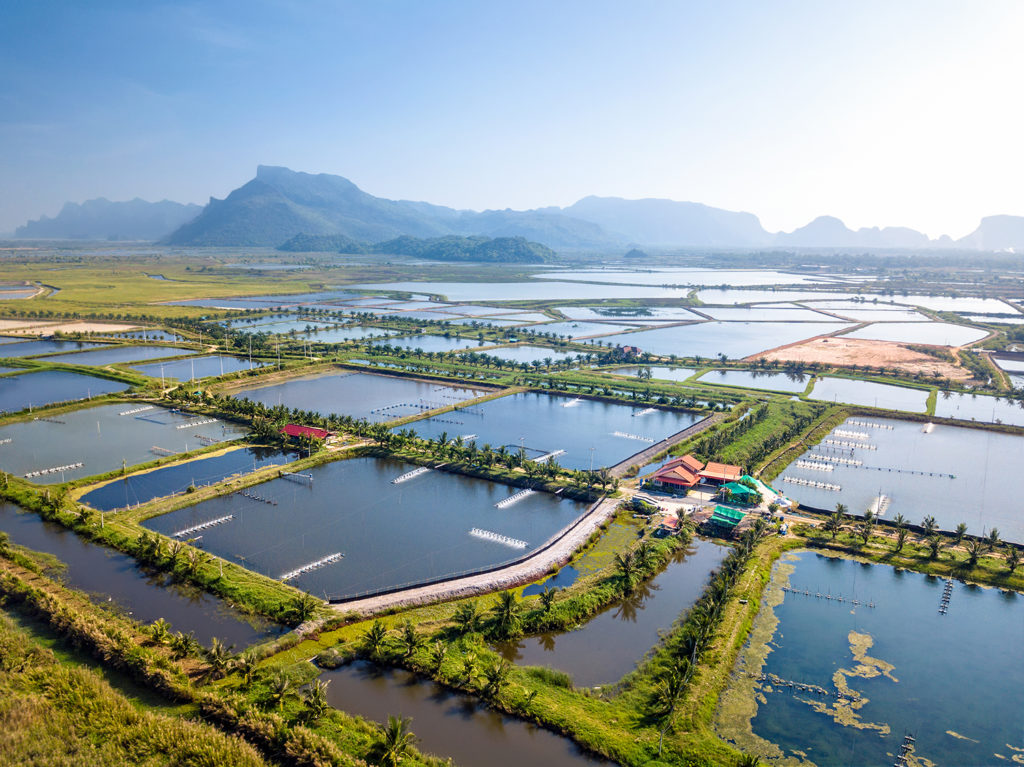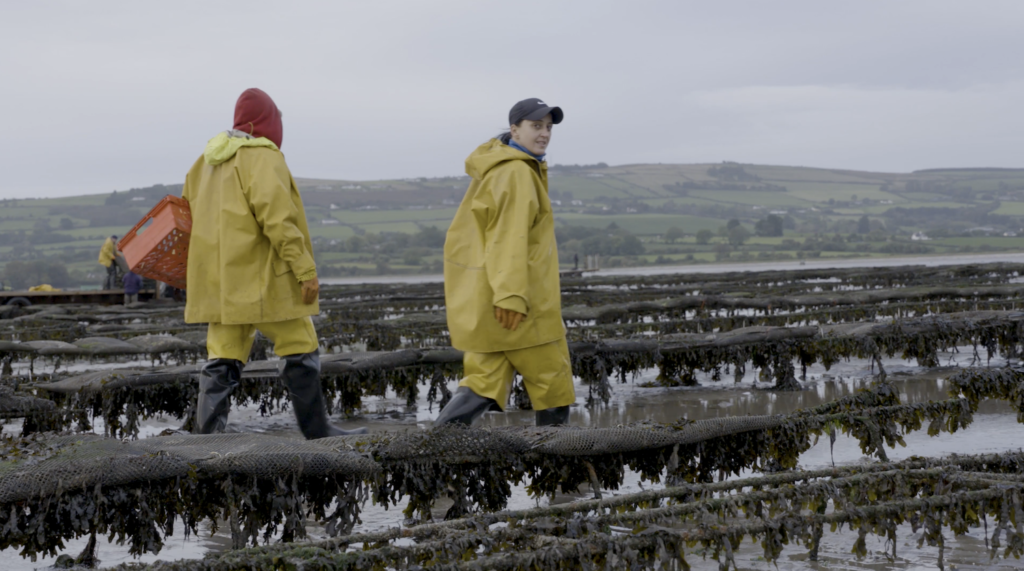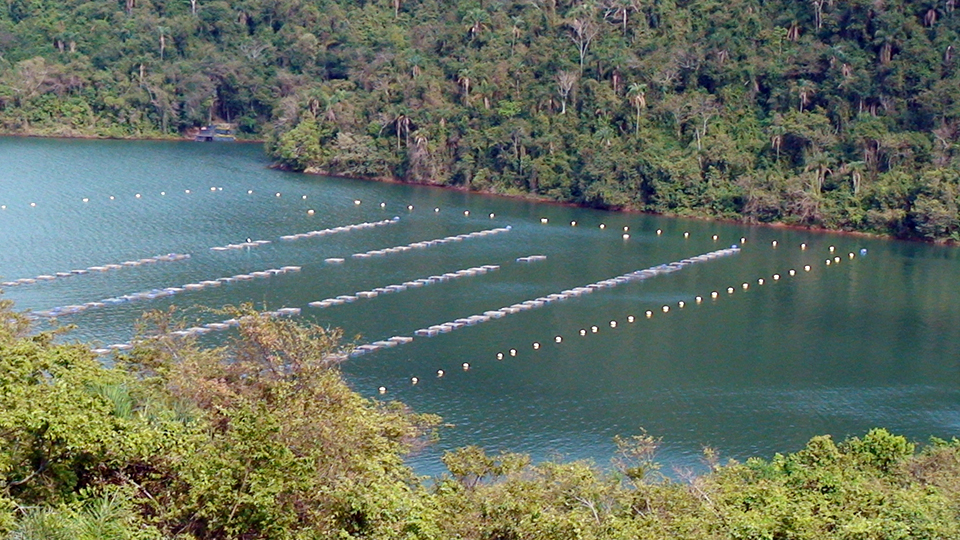Is Farmed Seafood Safe to Eat?
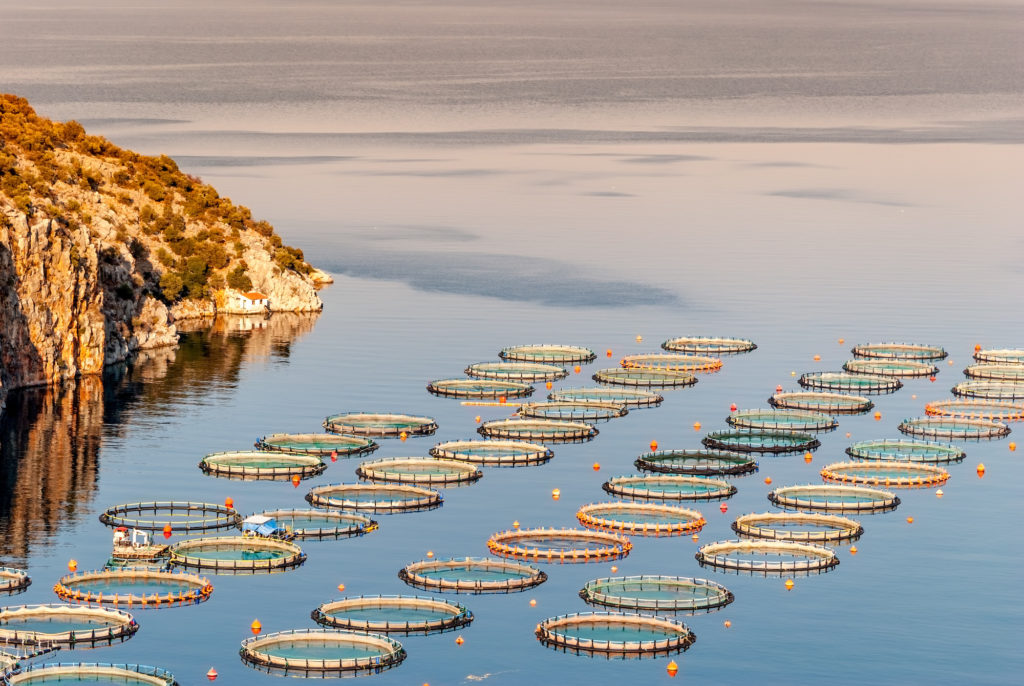 Editor’s note: This post is part of the Aquaculture 101 series, an educational campaign GSA is carrying out in 2019. The mission of the campaign is to spread awareness about basic aquaculture information to those who might not know about aquaculture, or those who might be skeptical of farmed fish. Each month, a blog post, short video and infographic are released on the GSA website and shared across social media with the hashtag #Aquaculture101.
Editor’s note: This post is part of the Aquaculture 101 series, an educational campaign GSA is carrying out in 2019. The mission of the campaign is to spread awareness about basic aquaculture information to those who might not know about aquaculture, or those who might be skeptical of farmed fish. Each month, a blog post, short video and infographic are released on the GSA website and shared across social media with the hashtag #Aquaculture101.
Increasingly, one of the most common misconceptions about farmed seafood is that it is unsafe to eat. By and large, all seafood – both wild caught and farm raised – is considered to be some of the most safe and nutritious. Even so, as with all foods, there are food safety hazards associated with seafood.
Food safety is one of the four pillars of sustainability and is therefore very important when learning all about what aquaculture is – particularly, with what responsible aquaculture is.
What is a food safety hazard?
A food safety hazard is defined as a biological or chemical agent within food with the potential to cause an adverse health effect.
The three hazards associated with farmed seafood are chemical, biological and contaminant. Risks of chemical concerns can come from residues of medicine in a fish that have the potential to affect humans when consumed (such as antibiotics), or improper use of chemicals during farming, or even from an aquaculture site being built on an area that was previously used for agricultural processes that used chemicals and heavy metals (such as pesticides and herbicides) that have remained in the environment.
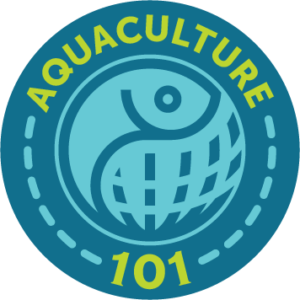
Biological considerations within food safety have to do with microbial sanitation, hygiene at the farming level, as well as at harvest and during transport. Sewage contains microorganisms that can be harmful to humans if they consume inadequately cooked seafood grown in water that contains these microorganisms. Potential food-borne pathogens (such as Salmonella) are also a biological food safety hazard.
Contaminant risks result from when the product is contaminated somewhere along the production chain.
As a result, certain chemical compounds have been proactively prohibited, and residue limits mandated for others. As mentioned in the Animal Health & Welfare Aquaculture 101, good health management focuses on the prevention of disease rather than disease treatment through chemicals.
Standards for safety
Food safety attributes cannot be directly observed, as they are oftentimes microscopic in size. For this reason, ensuring food safety requires benchmarking, tests and specific procedures for measurement.
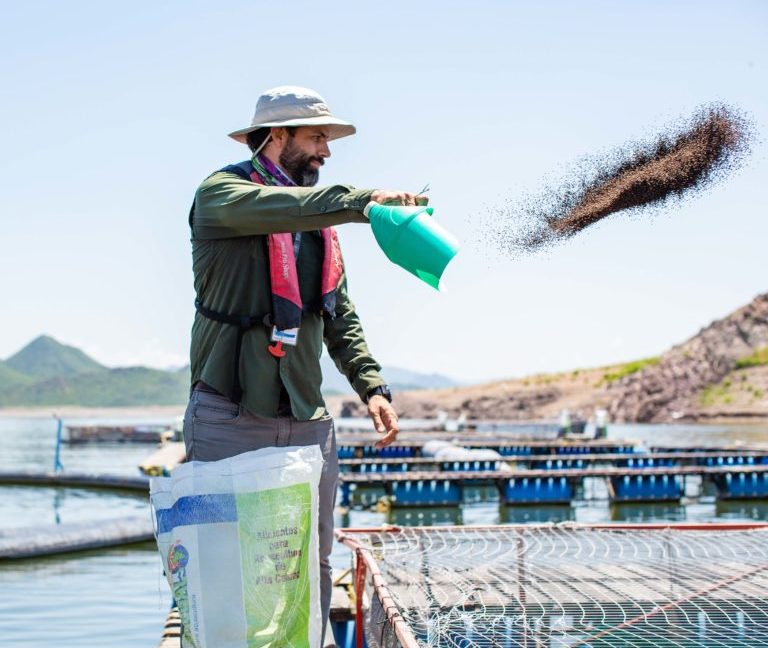 Hazard Analysis Critical Control Points (HACCP), administered by the US Food and Drug Administration (FDA), is used around the world as a common standard for food safety. HACCP provides customers, the public and regulatory agencies the assurance that a product’s food safety program is managed well. The FDA and US Department of Agriculture (USDA) require mandatory HACCP programs for all juice and meat produced in the United States, as well as every meat and juice product that is imported into the United States.
Hazard Analysis Critical Control Points (HACCP), administered by the US Food and Drug Administration (FDA), is used around the world as a common standard for food safety. HACCP provides customers, the public and regulatory agencies the assurance that a product’s food safety program is managed well. The FDA and US Department of Agriculture (USDA) require mandatory HACCP programs for all juice and meat produced in the United States, as well as every meat and juice product that is imported into the United States.
Beyond HACCP exists seafood certification programs. Certifications like Best Aquaculture Practices (BAP) and GlobalGAP require third-party food safety testing of aquaculture products before awarding a certification.
The importance of food safety in aquaculture
Inherent in all human food production, there are hazards and risks which may adversely affect human health, and aquaculture is no exception. It is up to the producers of seafood to ensure that their products are safe for consumption, and in the USA, the FDA and HACCP ensure food safety. Apart from compromising food safety, failure to comply with such regulations can have serious economic consequences to all involved in the food supply chain. Best practices ensure a first line of defense for the public regarding the safety of the food they consume.
Learn more in our “Is farmed seafood safe to eat?” video.
Read more of our Aquaculture 101 series and check it out on social media with the hashtag #Aquaculture101!
Check out our Food Safety infographic below.


